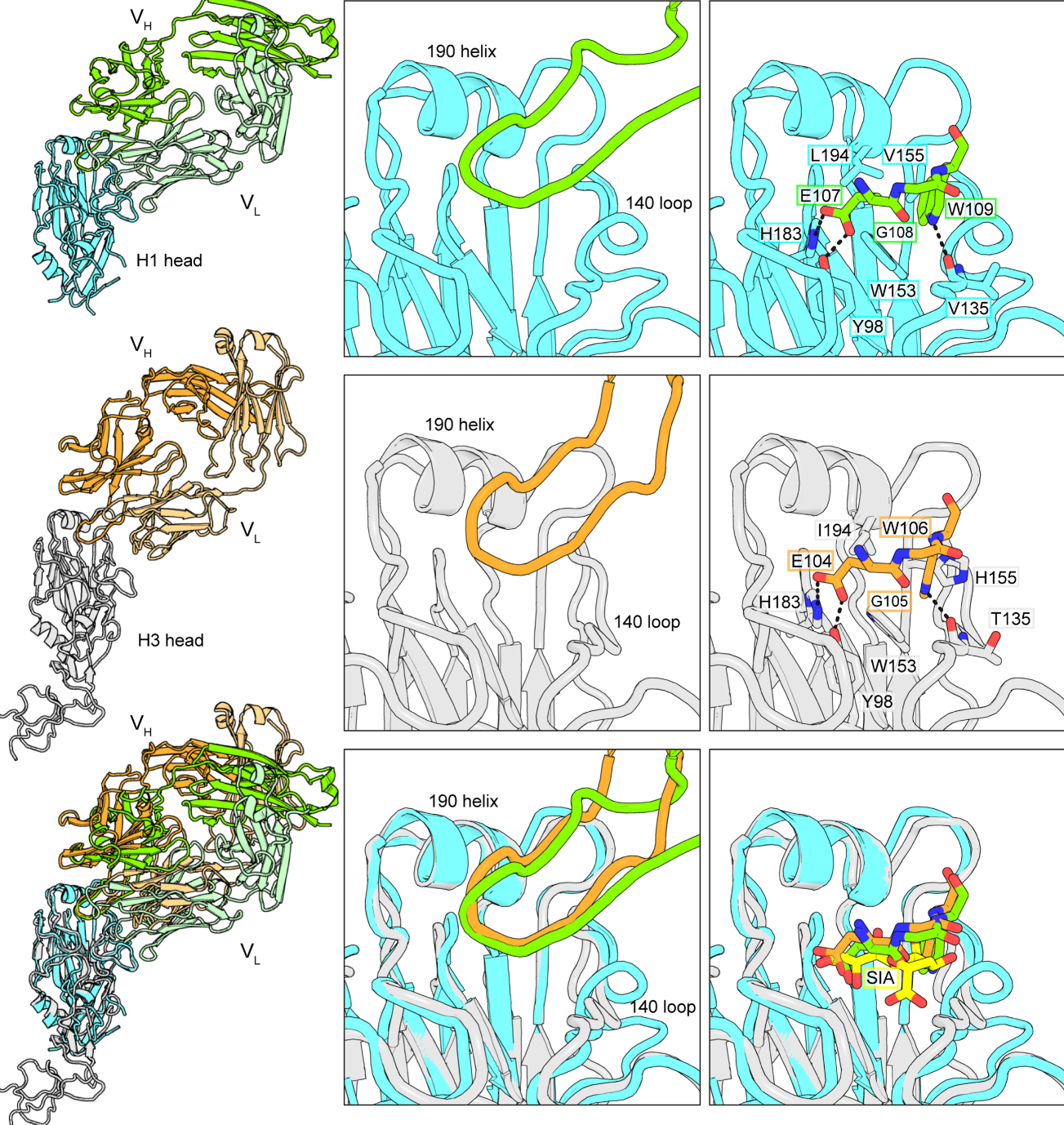The titers of antibodies that inhibit the receptor binding of hemagglutinin (HA), a key viral protein of the influenza virus, are widely recognized as directly related to protecting organisms against infection. Recently, a research report titled “A new class of antibodies that overcomes a steric barrier to cross-group neutralization of influenza viruses” published in the international journal PLoS Biology, has revealed a previously unidentified type of antibody. Scientists from the University of Pittsburgh and other institutions have identified these special antibodies, which appear to neutralize various forms of the influenza virus, potentially aiding in the development of more broadly protective influenza vaccines.
Influenza vaccines work by prompting the immune system to produce antibodies that bind to the virus’s hemagglutinin, preventing it from entering host cells. Different antibodies can bind to different parts of hemagglutinin, which evolves over time, leading to the emergence of new influenza virus strains that can evade older antibodies. New flu vaccines are developed annually based on predictions of the most prevalent strains. Extensive research is paving the way for new vaccines that could protect against multiple strains at once, with many scientists focusing on antibodies that can protect against both H1 and H3 types of the virus, which have several strains capable of causing widespread infections.
In this study, researcher Simmons and colleagues focused on minor changes in the sequence of hemagglutinin components in some H1 type influenza virus strains. Some anti-H3 viruses neutralizing antibodies can also neutralize H1 types, but not if there is a change in hemagglutinin, such as the insertion of 133a. Through experiments with patient blood samples, the researchers identified a special class of antibodies that can neutralize specific strains of H3 and H1 viruses, regardless of the 133a insertion. These antibodies’ unique molecular features distinguish them from others that cross-neutralize H1 and H3 types through different mechanisms.
This research expands the list of antibodies that could help scientists develop influenza vaccines with broader protective mechanisms. Increasing evidence suggests that the most common production method for flu vaccines is using chicken eggs. The researchers added that annual flu vaccinations are needed to keep up with the virus’s ongoing evolution. The study’s findings indicate that the barrier to inducing broader protective immunity may be surprisingly low, suggesting that with the correct series of virus exposure/vaccination, humans could potentially generate strong antibody responses to neutralize different H1N1 and H3N2 viruses, offering new paths for designing improved vaccines.
Reference
1. Lareau, Caleb A., et al. “Latent human herpesvirus 6 is reactivated in CAR T cells.” Nature 623.7987 (2023): 608-615.

